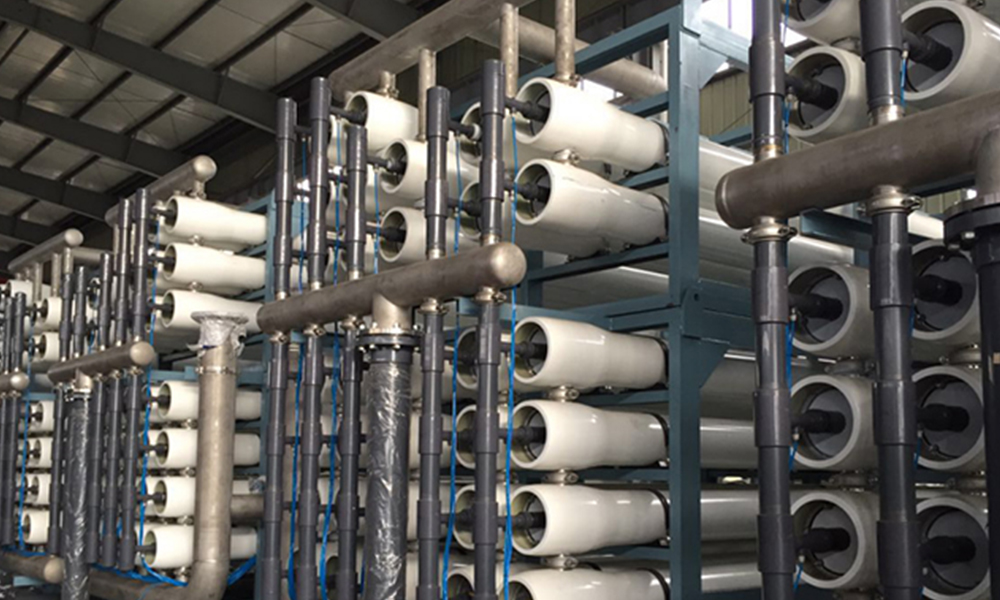
Compared to traditional filtration technologies that rely on a screen or filter to remove particles, reverse osmosis (RO) is a pressure-driven separation process that employs a semipermeable membrane and the principles of crossflow filtration.
Reverse osmosis water treatment provides the finest level of filtration. The RO membrane acts as a barrier to all salts and inorganic molecules, as well as organic molecules with a molecular weight greater than approximately 100. It is therefore a highly effective process for removing contaminants such as:
▸ Endotoxins/pyrogens.
▸ Insecticides/pesticides.
▸ Herbicides.
▸ Antibiotics.
▸ Nitrates.
▸ Sugars.
▸ Soluble salts.
▸ Metal ions.
We consist on Quality Build Trust,Service Creates Future— trusted by our customers in drinking water, commercial ,municipalities and different industries.
In ordinary osmosis, when a semipermeable membrane separates solutions of differing solute concentrations, the lower-concentration solution flows into the higher-concentration solution in attempt to reach equilibrium: an equal degree of solute concentration on both sides of the membrane. As the amount of solution on the higher-concentration side increases, pressure on that water column rises until it is high enough to hinder the flow of the lower-concentration solution across the membrane. This is the action of osmotic pressure.
In reverse osmosis (RO), pressure that exceeds a system’s osmotic pressure is applied to that system. The pressure forces the higher-concentration solution back across the semipermeable membrane, leaving solutes that are blocked by the semipermeable membrane behind.
Typically, reverse osmosis water treatment results in a rejection of dissolved salts that is 95 – 99 percent or greater, depending on membrane type, feed composition, temperature, and system design.
Reverse osmosis water treatment can provide finer filtration than either nanofiltration or ultrafiltration.
Typical applications include:
▸ Purification of home drinking water.
▸ Desalination of brackish water to produce drinking water
▸ Wastewater recovery.
▸ Food and beverage processing
▸ Biomedical separation.
▸ Industrial process water treatment.
RO membrane performance (improvement or degradation) is affected by a number of different factors, including aspects of the feedwater, such as:
▸ Water Temperature.
▸ pH balance.
▸ Salt concentration.
Other factors influencing RO membrane performance include:
▸ Operations parameters such as system recovery.
▸ Concentration polarization.
▸ Pressure
RO membrane performance (improvement or degradation) is affected by anumber of different factors, including aspects of the feedwater, such as:
▸ Water Temperature.Other factors influencing RO membrane performance include:
▸ Operations parameters such as system recovery.
If you wish to find more details in our tech fact sheet,pls kindly contact with us or refer to our products details
